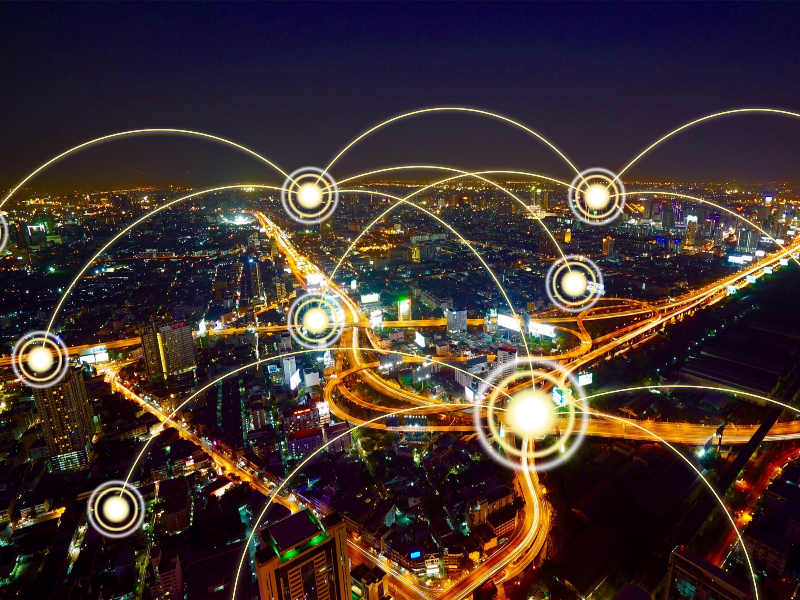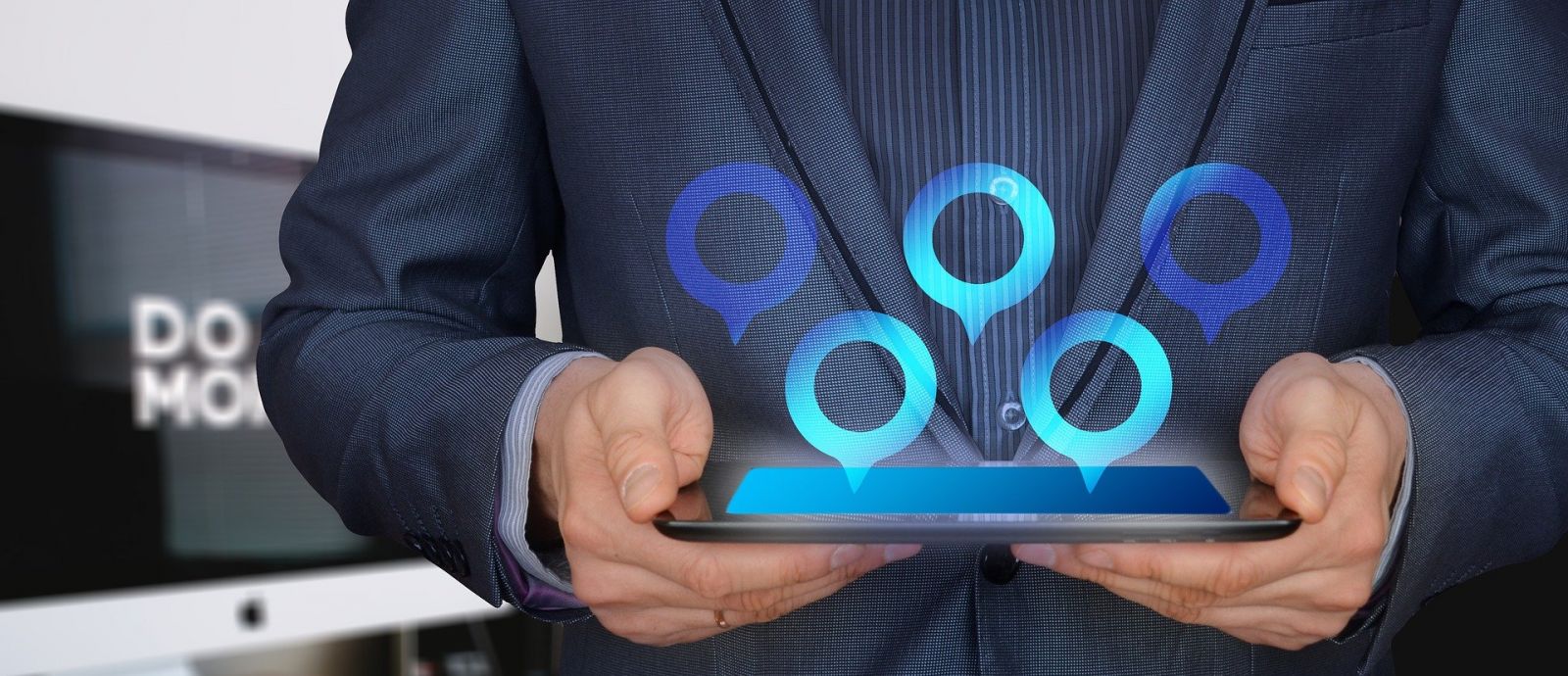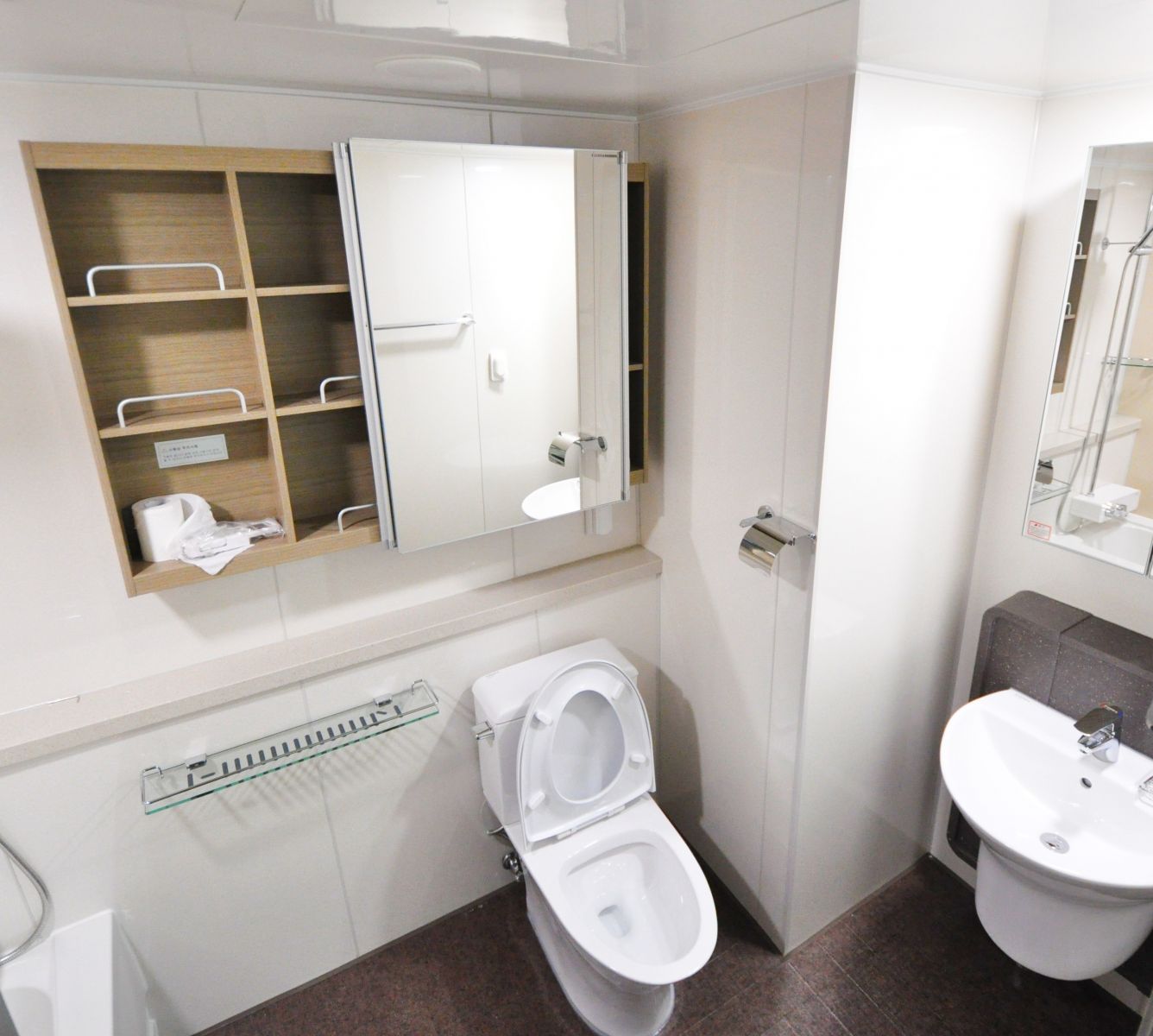How Smart Tech Can Help Employee Confidence When Returning To Buildings

24 September 2020
It has become gradually clear over the last few months, that the buildings we are returning to, whether that’s as employees or visitors, are radically changed environments.
Back when the UK first moved into a lockdown status on 23 March 2020, there was plenty of talk of “business as usual” and a sense that this virus would only temporarily change our habits and routines. Whether this was initial stoicism or an understandable reaction to the unknown, the phrase “business as usual” has all but disappeared from our collective vocabularies.
Instead, the new buzz-phrase is “the new normal” and at this stage, it is still very difficult to define what this will entail. The facilities and workplace management industry has found itself having to somehow lead the way when it comes to instilling confidence in people re-entering buildings and using public spaces.
Government guidance has provided some strategies and advice to facilitate this return, but facilities managers are largely in the position of having to interpret the rules themselves. Sometimes making difficult decisions about the welfare of their staff, and people visiting a building.
In a survey conducted in May 2020 by CBRE, analysis across the globe showed that companies were implementing much stricter return-to-work guidelines than government guidance actually required. Despite there being no government-mandated order to do so at that time, 59 per cent of companies interviewed said they would provide face coverings for their employees. 29 per cent planned to require face coverings at all times at any company property.
In terms of actually reopening buildings, only 20 per cent of companies intended to reopen as soon as government restrictions are lifted, with 42 per cent only doing so after their internal standards are met.
FMs all over the world have been faced with finding safer ways of working and new rhythms in employee habits and working culture, working closely with HR. It is inevitable that technology will play an essential part in this, particularly smart technology. Even businesses that have fully embraced smart tech in their business operations will need to adapt to new restrictions. And those who have shied away from such initiatives may have little choice but to start making moves to adopt such measures.
Temperature Control
.jpg) When it comes to smart technology, smart buildings or even smart cities, we can understand their function by thinking of them as “technology-based platforms which facilitate the operation and management of real estate assets.”, according to the Oxford Future of Real Estate Initiative. These platforms may simply provide information about a building’s performance, or they may directly facilitate or control building services.
When it comes to smart technology, smart buildings or even smart cities, we can understand their function by thinking of them as “technology-based platforms which facilitate the operation and management of real estate assets.”, according to the Oxford Future of Real Estate Initiative. These platforms may simply provide information about a building’s performance, or they may directly facilitate or control building services.
One of the most well-publicised ways of facilitating smart tech in the current pandemic is that of remote fever scanning solutions.
A high temperature is now well established as a main symptom of COVID-19, and therefore temperature detection before a client or employee enters a building can be a crucial feature when managing large volumes of people. Some systems can screen hundreds of people within minutes, and some use facial recognition technology to detect those not wearing masks, for example. Kiosks providing body temperature scans are also another touch-free option.
The ability to remotely monitor people’s temperature via things such as fever-scanning means that such issues are able to be monitored without the need for close contact that may break social distancing guidelines.
The workforce’s confidence might be improved by way of even implementing this type of technology, that their employers are taking an active part in reducing the transmission of coronavirus.
Streamlining the Visitor Check-in Process
Those working in front-of-house, people-facing roles in healthcare and other public sectors have been at the forefront of exposure throughout the pandemic. We know from Office for National Statistics (ONS) figures published in May 2020, that there is an extremely high death rate from COVID-19 in the security sector.

Recent data on the occupations with the highest potential exposure to COVID-19 shows the jobs that are most likely to be exposed are those involving close proximity with others and where there is regular exposure to disease. The obvious examples are in healthcare, but other people-facing occupations have been highlighted. These are sectors such as protective service, office and administrative, educational, community and social services, and construction.
The problem of managing multiple visiting guests or members of staff within a large building is something firmly within the FM and their front-of-house team’s remit. But when you look at these responsibilities in terms of helping to manage a global pandemic, it’s clear that this role has changed.
Even prior to COVID-19, some buildings were being equipped with digital visitor management tools, predominantly to help control the traffic of people, avoid unnecessary queuing and taking pressure off front-of-house teams during peak times. Automating reception services has long been used as a way to transform the process of visiting a building.
Such technology is taking on a new health-centric significance in light of coronavirus. The arrival and admission of visitors to buildings, as lockdown lifts, could potentially be a difficult area to maintain social distancing. Particularly with a more traditional check-in process involving several common surface touchpoints.
Therefore, using receptionist holograms or robots, a reliance on QR codes to check guests in, and the idea of a touchless, voice-activated reception are all concepts gaining a renewed interest. The hospitality industry has long predicted that automation will take over many front-of-house duties, and this may well extend to other sectors.

Smart Hygiene in Washrooms
One of the most noticeable, and understandable barriers to returning to normal life is the lack of control over hygiene when using shared spaces. Research by IWFM shows that many UK employees are concerned about the health implications of returning to buildings.
The YouGov poll of 404 office staff members working from home revealed that over a third (34 per cent) were concerned about getting used to a corporate office culture again after the lockdown. Worries include the fear of not being able to maintain social distancing (59 per cent) and a lack of appropriate hygiene and cleaning standards (44 per cent).
This is despite respondents admitting to the many downsides of working from home, with half reporting that they are finding it difficult to stay motivated and focused, and 44 per cent facing challenges with distractions.
This particular piece of research does not delve into the specifics of this sense of fear, whether the concern is with desk sharing, the use of the communal kitchen or even using public transport to get to work.
A natural cause for consideration might be the washroom. A focal point of hygiene standards and processes, washrooms have been slow to adopt smart tech, according to a white paper by Initial.
Particularly in a larger building with multiple toilet facilities, users will require more reassurance than normal that hygiene methods are up to scratch. Even more so when many people will have been used to full control over their own personal facilities whilst working from home.
 Smart washrooms have previously been marketed in a similar way to other forms of automation – focussed on the value of the data insights it can offer and how it can help minimise operating costs. In retail or hospitality environments with high footfall, it’s equally been associated with brand protection and positive marketing.
Smart washrooms have previously been marketed in a similar way to other forms of automation – focussed on the value of the data insights it can offer and how it can help minimise operating costs. In retail or hospitality environments with high footfall, it’s equally been associated with brand protection and positive marketing.
The ability to obtain real-time data to monitor cleaning standards, occupancy or equipment usage, and automating these, has been shown to have a benefit in terms of managing cost. Facilities managers have used smart tech and IoT to track patterns and manage washroom resources, but what about using it to actually improve user confidence and impact on cleaning standards?
Concentrating on how such technology can promote an atmosphere of safety and stringent cleanliness, and careful monitoring of hygiene standards could prove to be an effective selling point in reassuring worried employees. Whether this is through things such as public on-screen hygiene notifications, or by prioritising touchless door openings.
Demonstrable Change And Sensitivity
As much as many might like to return to a pre-COVID-19 world, adopting a sensitive approach to re-occupying our buildings, whether that involves adopting smart tech or not, is essential.
Making demonstrable and quantitative changes to the cleaning management of buildings, and communicating that to the people using that building, is the best way to begin your roadmap to reoccupation.
An understanding of the legitimacy of the worry that people are experiencing and an appreciation of hygiene anxiety as a real issue, will be just as much part of the facilities management team’s agenda as it is for human resources.
Written by Ella Tansley | Published 24 September 2020



.png)



.jpg)
